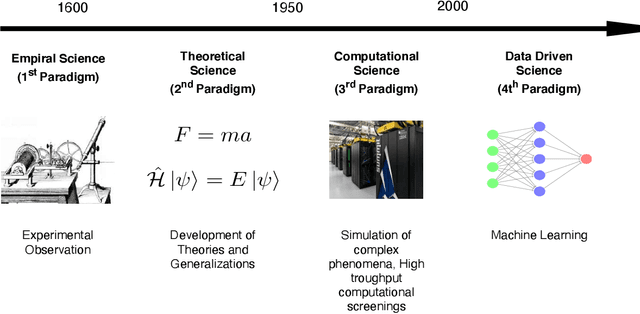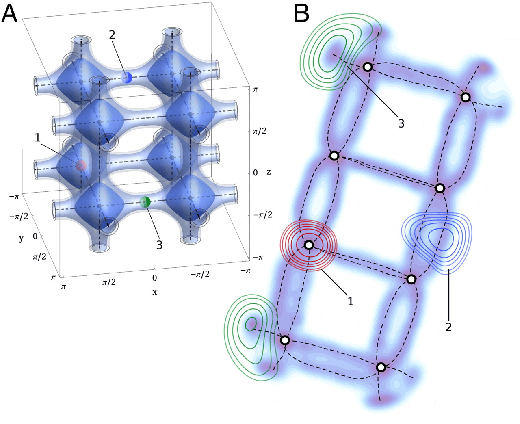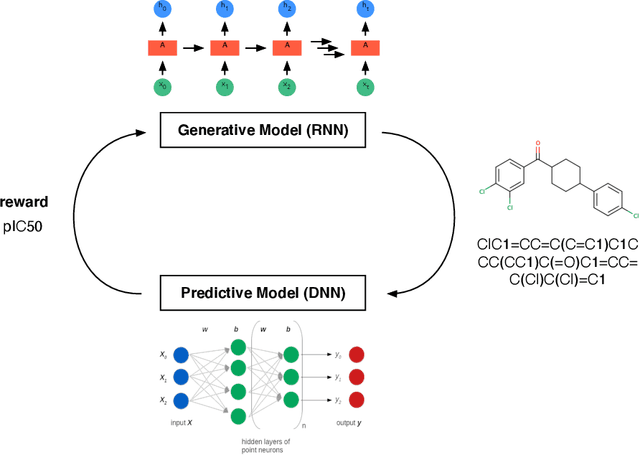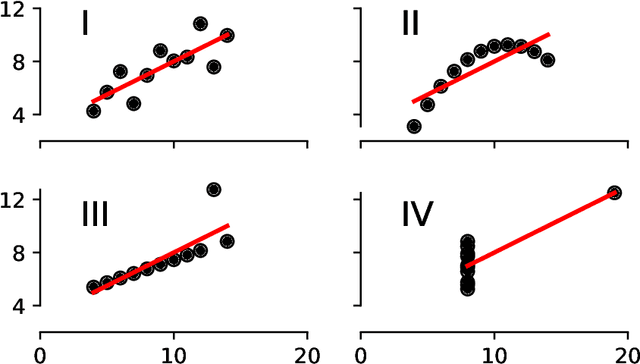Daniele Ongari
Big-Data Science in Porous Materials: Materials Genomics and Machine Learning
Jan 18, 2020



Abstract:By combining metal nodes with organic linkers we can potentially synthesize millions of possible metal organic frameworks (MOFs). At present, we have libraries of over ten thousand synthesized materials and millions of in-silico predicted materials. The fact that we have so many materials opens many exciting avenues to tailor make a material that is optimal for a given application. However, from an experimental and computational point of view we simply have too many materials to screen using brute-force techniques. In this review, we show that having so many materials allows us to use big-data methods as a powerful technique to study these materials and to discover complex correlations. The first part of the review gives an introduction to the principles of big-data science. We emphasize the importance of data collection, methods to augment small data sets, how to select appropriate training sets. An important part of this review are the different approaches that are used to represent these materials in feature space. The review also includes a general overview of the different ML techniques, but as most applications in porous materials use supervised ML our review is focused on the different approaches for supervised ML. In particular, we review the different method to optimize the ML process and how to quantify the performance of the different methods. In the second part, we review how the different approaches of ML have been applied to porous materials. In particular, we discuss applications in the field of gas storage and separation, the stability of these materials, their electronic properties, and their synthesis. The range of topics illustrates the large variety of topics that can be studied with big-data science. Given the increasing interest of the scientific community in ML, we expect this list to rapidly expand in the coming years.
 Add to Chrome
Add to Chrome Add to Firefox
Add to Firefox Add to Edge
Add to Edge